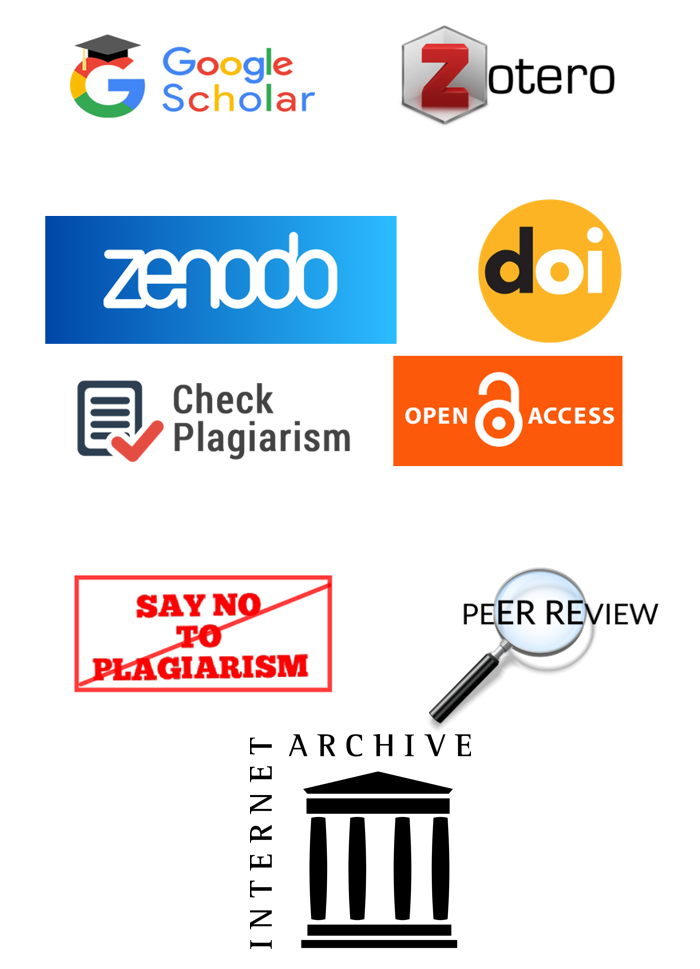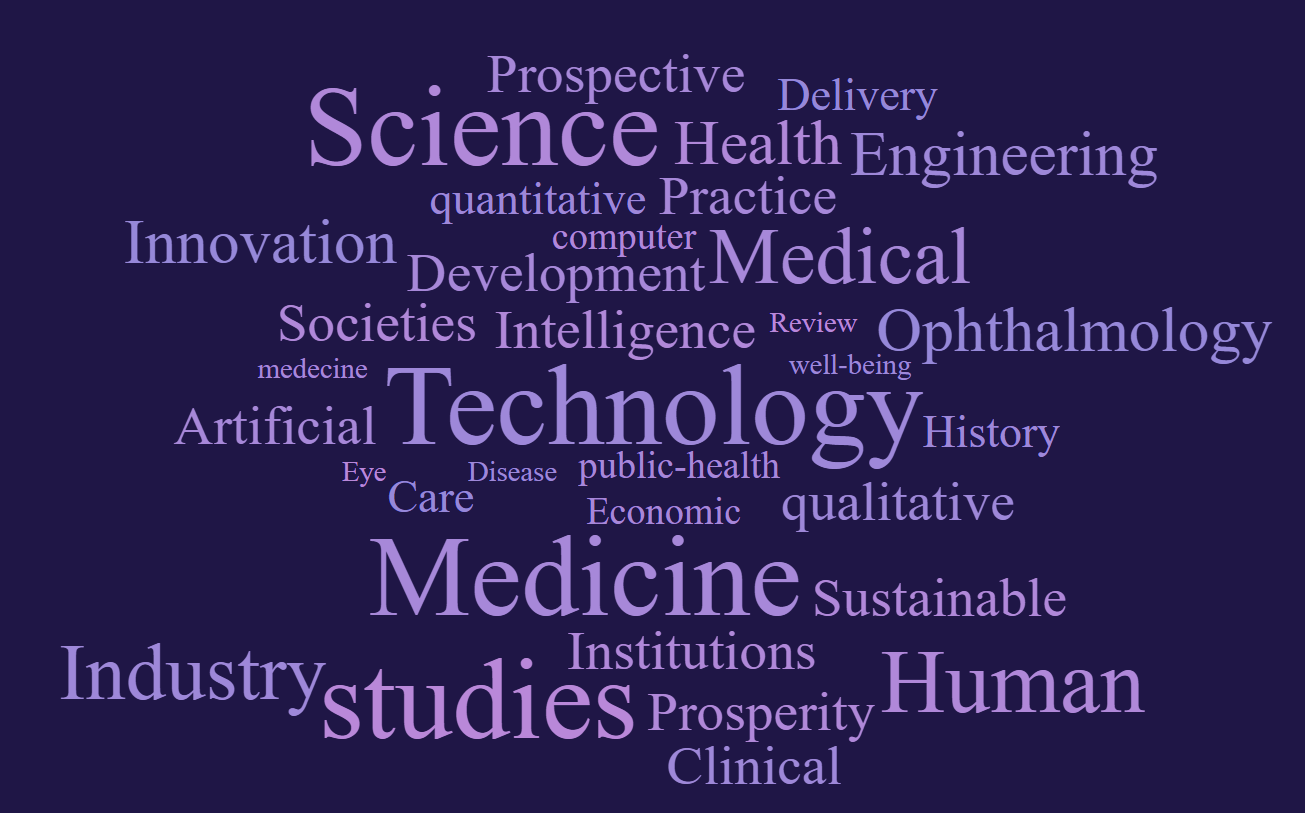Research Area: Decision sciences
Authors Yasser HARAKAY
* Mohamed EL KHALDI
Faculty of Administrative Sciences and Economics ISPAHAN IRANAbstractThis study examines Augmented Business Intelligence (A-BI) solutions that incorporate advanced simulation and predictive analytics to improve decision-making processes. We highlight the limitations of conventional BI infrastructures focused on data warehousing in forecasting and scenario modeling. We offer a multi-criteria evaluation methodology utilizing the Analytic Hierarchy Process (AHP) to evaluate A-BI solutions based on essential criteria: what-if scenarios, forecasting, and machine learning capabilities. Our analysis designates SAP Analytics Cloud as the most efficient solution for adding simulation features. This study presents a systematic approach for choosing BI systems that correspond with contemporary corporate requirements for agility, interaction, and strategic insight.
KeywordsAugmented Business intelligence; Artificial intelligence; Digitalization; Data analytics; Process analytics; Machine learning; Simualtion; Deep learning;
Doi : https://doi.org/10.5281/zenodo.15858813 PDF FileCiteHARAKAY, Y., & EL KHALDI, M. (2025). Augmented Business Intelligence: A Multi-Criteria Approach. International Journal of Science, Applications and Prosperity, 3(1), 38‑48.Licence
PDF FileCiteHARAKAY, Y., & EL KHALDI, M. (2025). Augmented Business Intelligence: A Multi-Criteria Approach. International Journal of Science, Applications and Prosperity, 3(1), 38‑48.Licence

Creative Commons Attribution Share Alike 4.0 International
References
Ain, N., Vaia, G., DeLone, W. H., & Waheed, M. (2019). Two decades of research on business intelligence system adoption, utilization and success – A systematic literature review. Decision Support Systems, 125, 113113.
https://doi.org/10.1016/j.dss.2019.113113
Alghamdi, N. A., & Al-Baity, H. H. (2022). Augmented Analytics Driven by AI: A Digital Transformation beyond Business Intelligence. Sensors, 22(20), Article 20.
https://doi.org/10.3390/s22208071
Bany Mohammed, A., Al-Okaily, M., Qasim, D., & Khalaf Al-Majali, M. (2024). Towards an understanding of business intelligence and analytics usage: Evidence from the banking industry. International Journal of Information Management Data Insights, 4(1), 100215.
https://doi.org/10.1016/j.jjimei.2024.100215
Ben Rabia, M. A., & Bellabdaoui, A. (2022). A comparative analysis of predictive analytics tools with integrated What-if modules for transport industry. 2022 14th International Colloquium of Logistics and Supply Chain Management (LOGISTIQUA), 1–6.
https://doi.org/10.1109/LOGISTIQUA55056.2022.9938042
Brandão, A., Pereira, E., Esteves, M., Portela, F., Santos, M. F., Abelha, A., & Machado, J. (2016). A Benchmarking Analysis of Open-Source Business Intelligence Tools in Healthcare Environments. Information, 7(4), Article 4.
href="https://doi.org/10.3390/info7040057
Dell’Aquila, C., Di Tria, F., Lefons, E., & Tangorra, F. (2008). Business intelligence systems: A comparative analysis. WSEAS Transactions on Information Science & Applications, 5, 612–621.
Emrouznejad, A., & Marra, M. (2017). The state of the art development of AHP (1979–2017): A literature review with a social network analysis. International Journal of Production Research, 55(22), 6653–6675.
https://doi.org/10.1080/00207543.2017.1334976
Freudenreich, T., Furtado, P., Koncilia, C., Thiele, M., Waas, F., & Wrembel, R. (2013). An On-Demand ELT Architecture for Real-Time BI. Enabling Real-Time Business Intelligence, 50–59.
https://doi.org/10.1007/978-3-642-39872-8_4
Golfarelli, M., & Rizzi, S. (2009). What-if Simulation Modeling in Business Intelligence. International Journal of Data Warehousing and Mining (IJDWM), 5(4), 24–43.
https://doi.org/10.4018/jdwm.2009080702
Kašpar, J., Badr, S., Tahri, M., Maanan, M., Tahri, H., Mohammadi, Z., Novotný, M., & Yousfi, N. (2025). A new automatic AHP tool to assess the forest vulnerability to wind damage. Ecological Indicators, 178, 113607.
https://doi.org/10.1016/j.ecolind.2025.113607
Marques, P. M., Tavares, F., & Cordeiro, B. (2024). Augmented Analytics as Management Support. In Reference Module in Social Sciences. Elsevier.
https://doi.org/10.1016/B978-0-443-13701-3.00004-9
Popovič, A., Hackney, R., Coelho, P. S., & Jaklič, J. (2012). Towards business intelligence systems success: Effects of maturity and culture on analytical decision making. Decision Support Systems, 54(1), 729–739.
https://doi.org/10.1016/j.dss.2012.08.017
Pramanik, M. i., Lau, R. Y. K., Yue, W. T., Ye, Y., & Li, C. (2017). Big data analytics for security and criminal investigations. WIREs Data Mining and Knowledge Discovery, 7(4), e1208.
https://doi.org/10.1002/widm.1208
Sadiq, R., & Tesfamariam, S. (2009). Environmental decision-making under uncertainty using intuitionistic fuzzy analytic hierarchy process (IF-AHP). Stochastic Environmental Research and Risk Assessment, 23(1), 75–91.
https://doi.org/10.1007/s00477-007-0197-z
Szczypińska, A., & Piotrowski, E. W. (2009). Inconsistency of the judgment matrix in the AHP method and the decision maker’s knowledge. Physica A: Statistical Mechanics and Its Applications, 388(6), 907–915.
https://doi.org/10.1016/j.physa.2008.11.034
Tavera Romero, C. A., Ortiz, J. H., Khalaf, O. I., & Ríos Prado, A. (2021). Business Intelligence: Business Evolution after Industry 4.0. Sustainability, 13(18), Article 18.
https://doi.org/10.3390/su131810026
Tutunea, M. F., & Rus, R. V. (2012). Business Intelligence Solutions for SME’s. Procedia Economics and Finance, 3, 865–870.
https://doi.org/10.1016/S2212-5671(12)00242-0
 PDF FileCiteHARAKAY, Y., & EL KHALDI, M. (2025). Augmented Business Intelligence: A Multi-Criteria Approach. International Journal of Science, Applications and Prosperity, 3(1), 38‑48.Licence
PDF FileCiteHARAKAY, Y., & EL KHALDI, M. (2025). Augmented Business Intelligence: A Multi-Criteria Approach. International Journal of Science, Applications and Prosperity, 3(1), 38‑48.Licence
Language: English
Scope: Multidisciplinary
Types of Journal: Scientific/ Scholarly Journal
Indexed & Abstracted: Yes
Plagiarism Check: Yes
Multiple Submissions & Redundant Publications: Unauthorized (Author will be blacklisted)
Certificate of publication : Upon request
Submission Format: Word format (see our guide for authors )
Contact e-mails: contact@ijsaap.com

